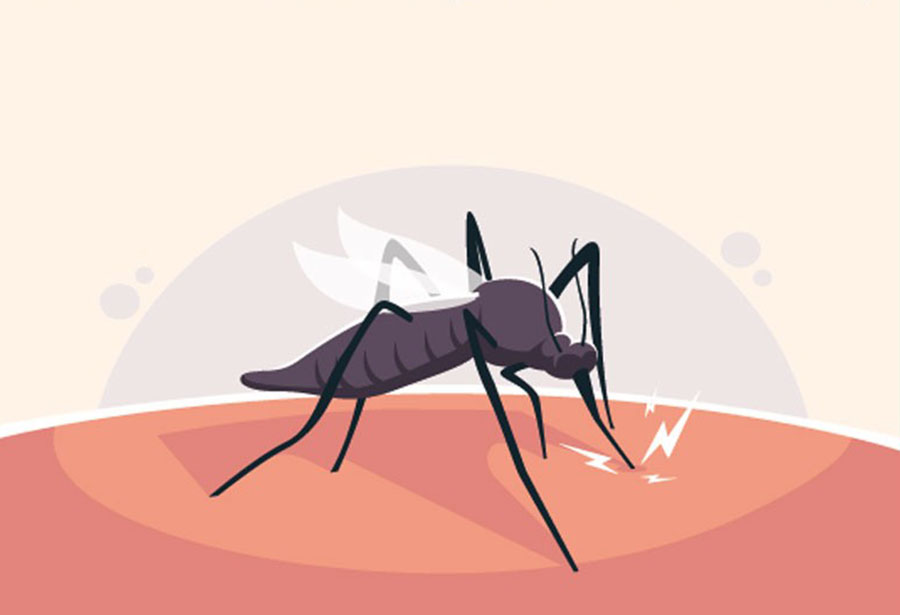
Published :
Updated :

The prevalence of dengue this year is 15 times higher than that of the previous year, admits Health Minister Zahid Maleque but he does not think the situation calls for declaration of a health emergency. His considered view is that patients are as yet receiving medical treatment and he hopes the situation will not aggravate further to the point where they won't get medical attention. The year 2019 was the worst year for the highest number of deaths, about 300, from dengue and its patients numbering 101,354. This year already 176 lives have been claimed by the disease and the final count of deaths can far exceed the 2019's figure because virologists and epidemiologists have predicted the higher incidence of dengue in the coming months until September next. Already more than 32,000 patients have been admitted to different hospitals this year and the daily rate of admission is in the region of 2,300.
Yet the health minister feels the situation is under control and falls short of an emergency. Can the hospitals cope with the rush of so many patients a day? A serious patient requires ICU (intensive care unit) accommodation. Surely, ICUs falls far short of the emergency demand. Even beds in hospitals are unavailable and patients occupy every available space in the corridor, balcony and wherever is possible. The physicians, nurses and other staff members are under immense pressure to accommodate patients waiting outside and providing care for those admitted. Then not all hospitals are dedicated to dengue and the ones declared so are understaffed and ill-equipped to manage dengue cases. Without an emergency approach, the situation will only aggravate further, making medical attention scarcer. Apart from the 2,000-2,300 patients seeking admission a day, the death toll of late between 11 and 24 a day unfolds an ominous picture of helpless surrender to the tiny vector aedes mosquito.
This is unacceptable. Only more so when people learn that Kolkata has managed the disease so efficiently during the same period Dhaka has only seen the proliferation of the mosquitoes and the cases. By the time Dhaka has been struggling to manage dengue patients this peak dengue season, Kolkata has reported only 260 patients and only one single death, according to an in-depth report carried in a contemporary on Saturday last. The deciding factor for Kolkata has been its approach to destroy the source rather than waging a war on mosquitoes allowing them scope to proliferate. It is a targeted action against germination of larvae.
There is no point waiting for launching drive when the disease will turn into an epidemic. The action has to be preemptive and in a coordinated manner under the supervision of a specially formed body. Kolkata did it successfully. Mayor Atiqul Islam of Dhaka north, on his return from the USA where he had the opportunity to see how the authorities there destroy mosquitoes, stated that fogging is futile and he will apply the knowledge learnt from the US. Ironically, fogging goes on and he is maintaining an eerie silence. The authority in Kolkata also confirms the futility of fogging. To its credit, it has employed 250 doctors for dengue treatment beside forming committees in each ward which keep tab on mosquito breeding grounds throughout the year only to be intensified during the rainy season under a crash programme of 100 days. If Dhaka and Chottogram did it, dengue would not have spread to the majority of districts. Still there is time to launch such crash programmes in order to destroy the larvae at their breeding grounds and eliminate the vector of dengue.


 For all latest news, follow The Financial Express Google News channel.
For all latest news, follow The Financial Express Google News channel.